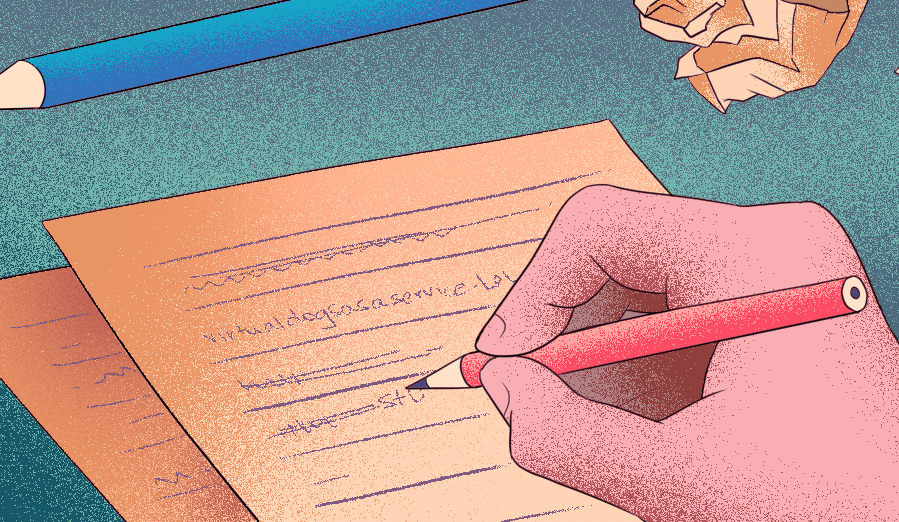

Getting a customer to use your product is one thing.
ANVIL SOFTWARE FOUNDERCEO HOW TO
If they’re underusing a part of your service, walk them through how to use those features. If they’re finding a part of your service difficult, offer to help them. In either situation, your customer will question why they made their purchase in the first place. Nobody wants to pay for a product that’s hard to use, or barely used at all. These customers will soon know your services aren’t the right fit for them and won’t stick around for long. The pressure to sell can force sales teams to forget about who the right customer is, and sell to anyone they can. If your salespeople need to hit high numbers when making sales, that could be contributing to churn. If your product or service is costlier than that of your competitors, show your customers why spending more with you is worth it. How do you stop this? By explaining your unique selling proposition (USP). Priceįinding a more cost-effective service than yours gives customers a reason to churn. To combat user experience and customer service becoming reasons for churn, you should put your efforts into maximizing the customer’s relationship with your product and the rest of your company. To counter price and product/market fit being reasons for churn, you’ll need to ensure your service is being sold to the right people and your customers know they won’t get your unique offering anywhere else. The value of keeping churn as low as possible is clear, but the question then becomes, what causes churn to happen at all? A customer may decide to leave your product for a variety of reasons, some of which may not be in control, but a few of the most common causes of churn are pricing, product/market fit, user experience, and customer service. It’s more cost-effective to ensure your customer doesn’t leave you. You’re losing money at two stages: when your original customer leaves, and during the process of looking for a replacement. Then there’s the cost of onboarding them. To replace the lost revenue, you’ll have to spend time and money on marketing your services to a new client, which could take months. If you have 10 customers, and each contributes $5,000 a month to your business’s overall revenue, losing one customer costs you $60,000 per year. Customer loyalty will help your business thrive in the long-term, and losing customers is expensive. For one, keeping existing customers is significantly less costly than finding new ones. Maintaining a low churn rate is, unsurprisingly, one of the best ways to grow a healthy business. While there are a myriad of factors that can go into churn reduction, one of the most overwhelming trends we se work time and time again is simple: listen to your customers and act on the feedback you receive.īefore we dive into the expert responses, let’s take a look at why you should do all you can to reduce churn, along with some of the most common causes of it. But how do you reduce the likelihood of them churning? Lucky for you, we’ve got the answers! We sat down with leading experts and pulled together the top fifteen most effective ways to prevent churn. It’s easier, and cheaper, to hold onto the customers you already have. Not only will losing a customer and the revenue they bring set you back, you’ll also need to invest money and time into marketing and onboarding a replacement customer to cover the lost income.

Customer churn can be devastating for your business’s finances.


 0 kommentar(er)
0 kommentar(er)
